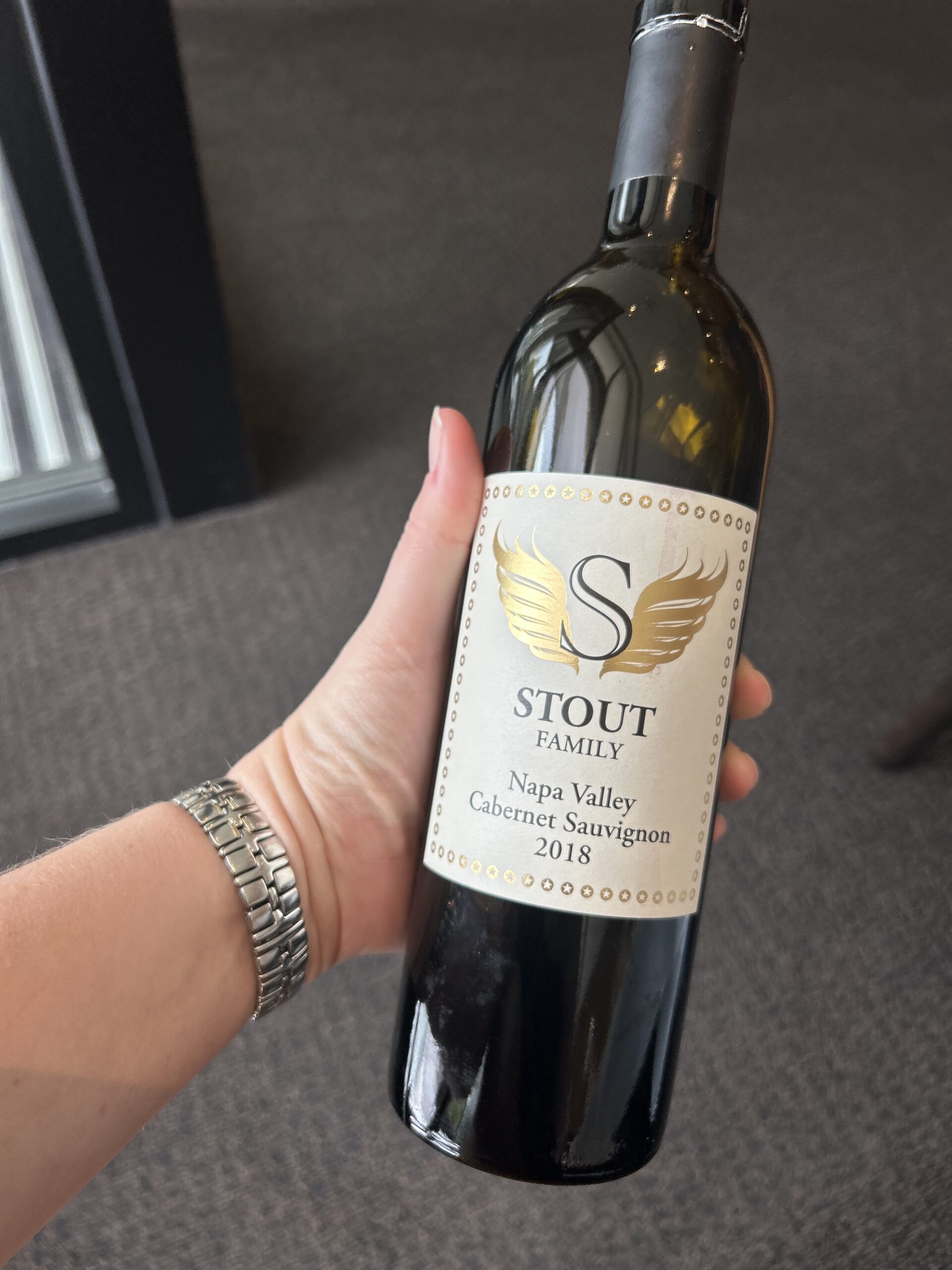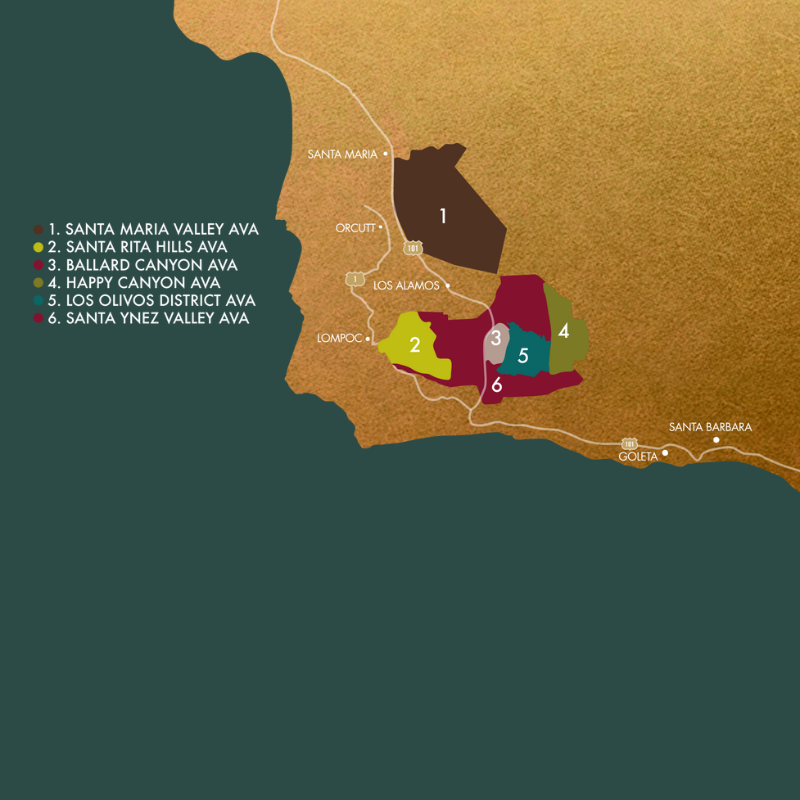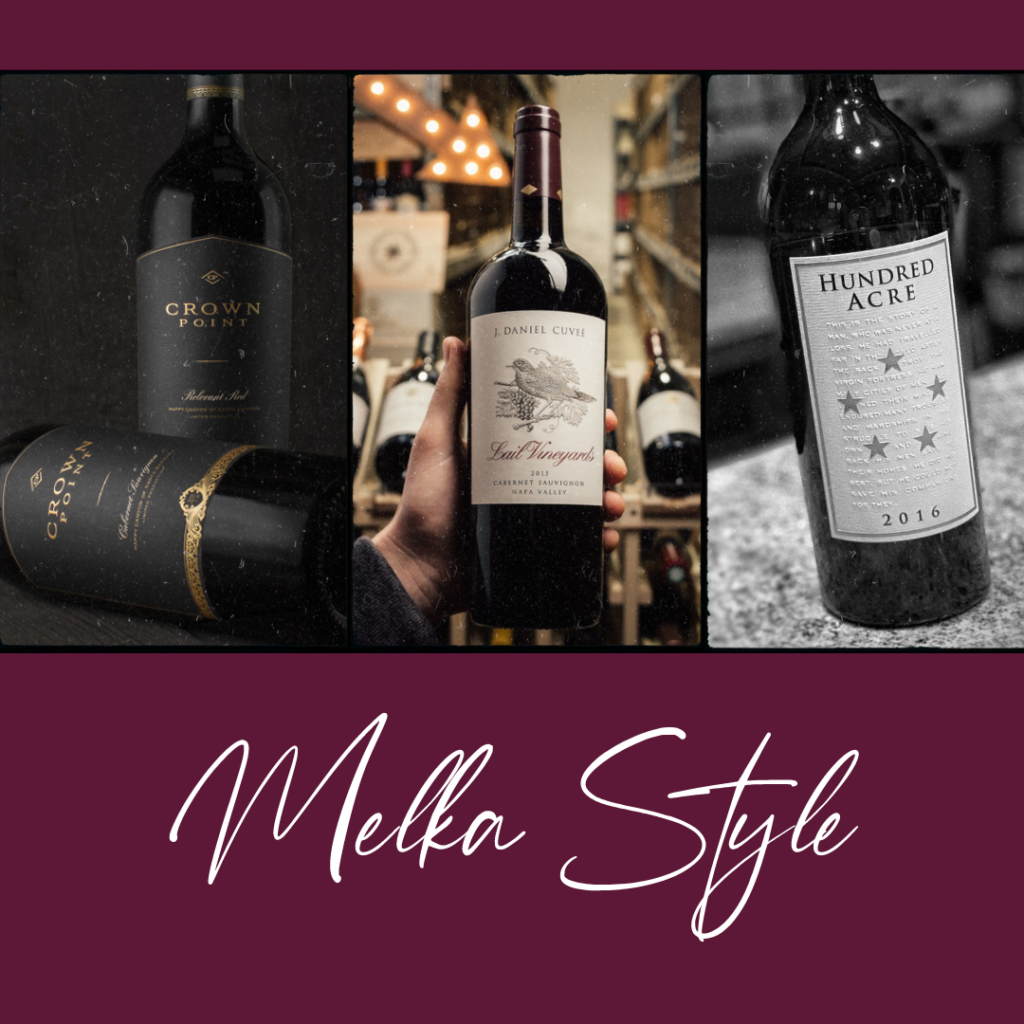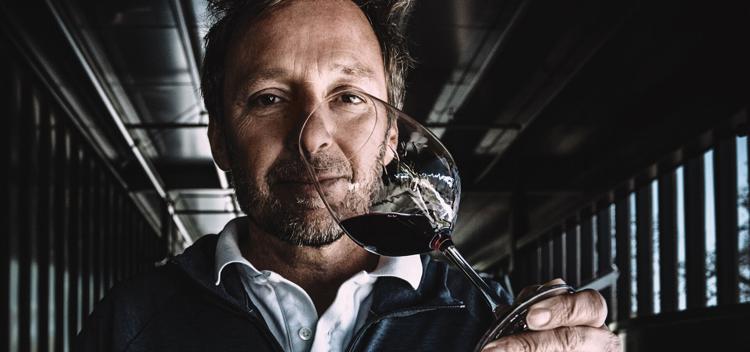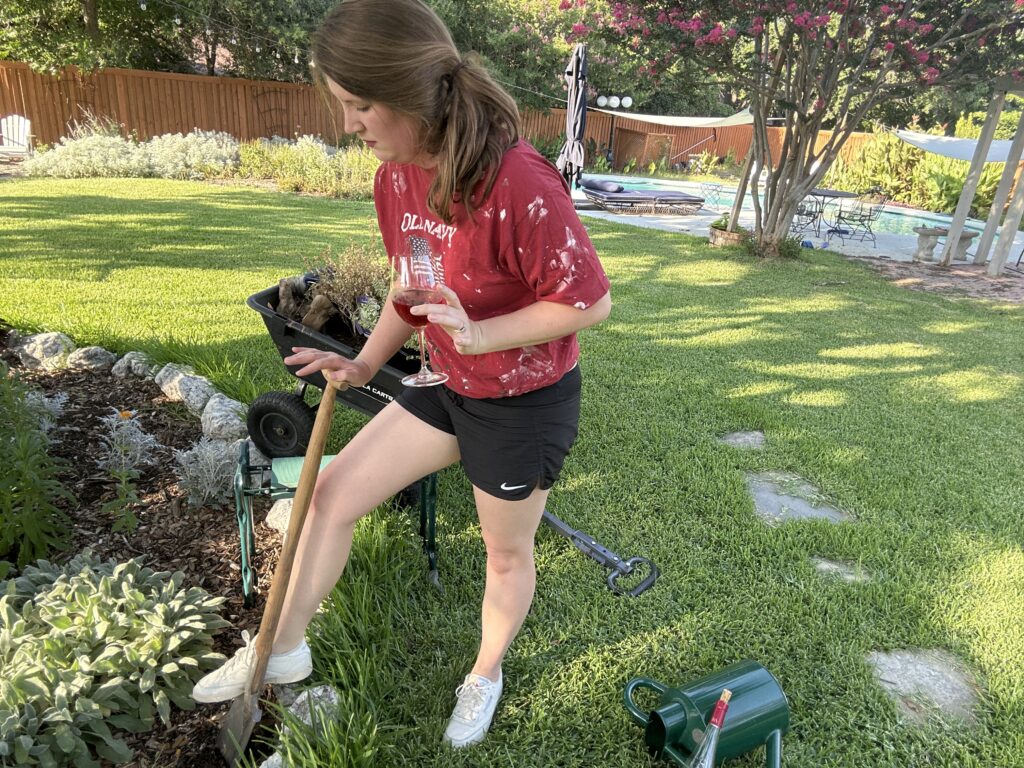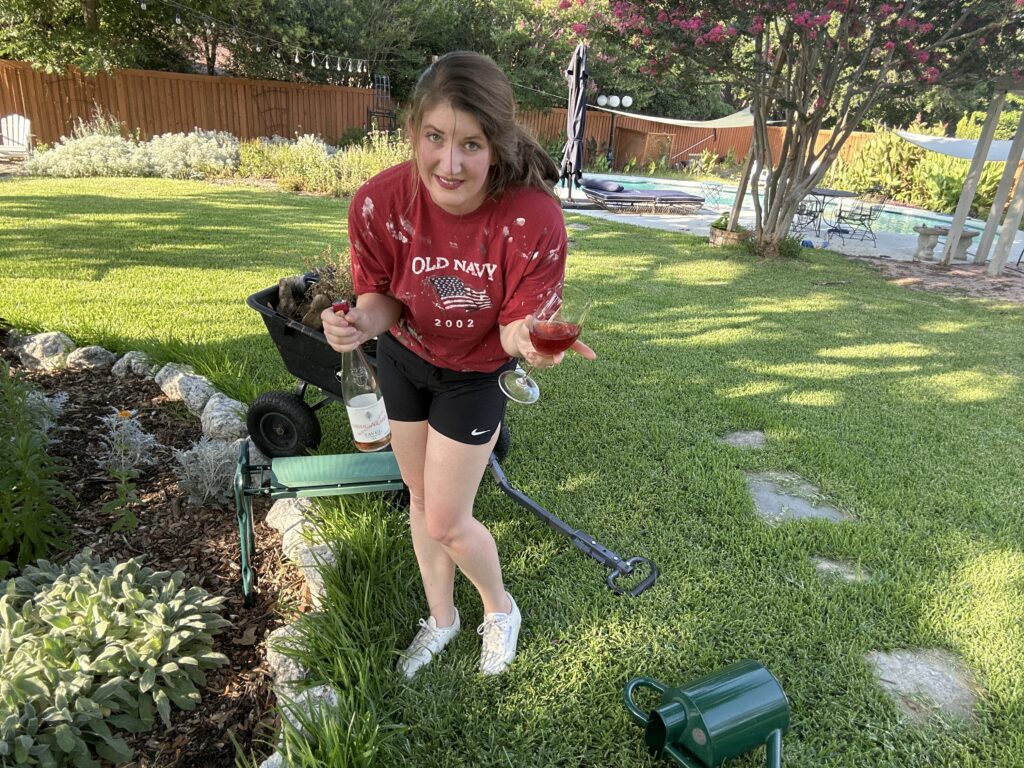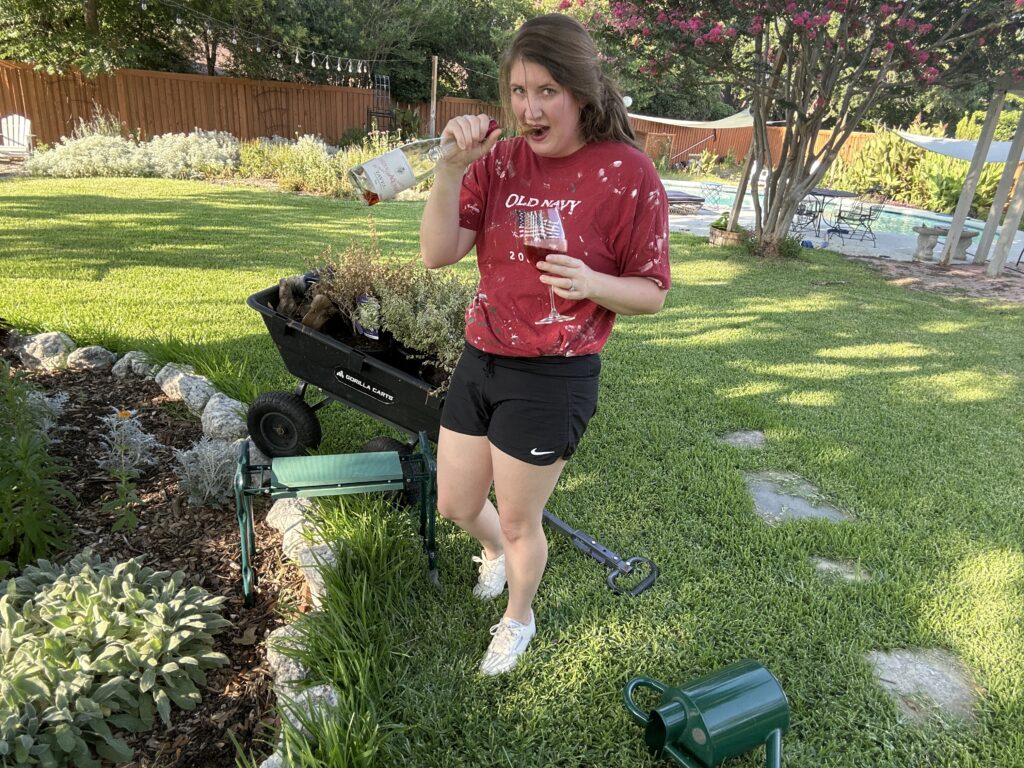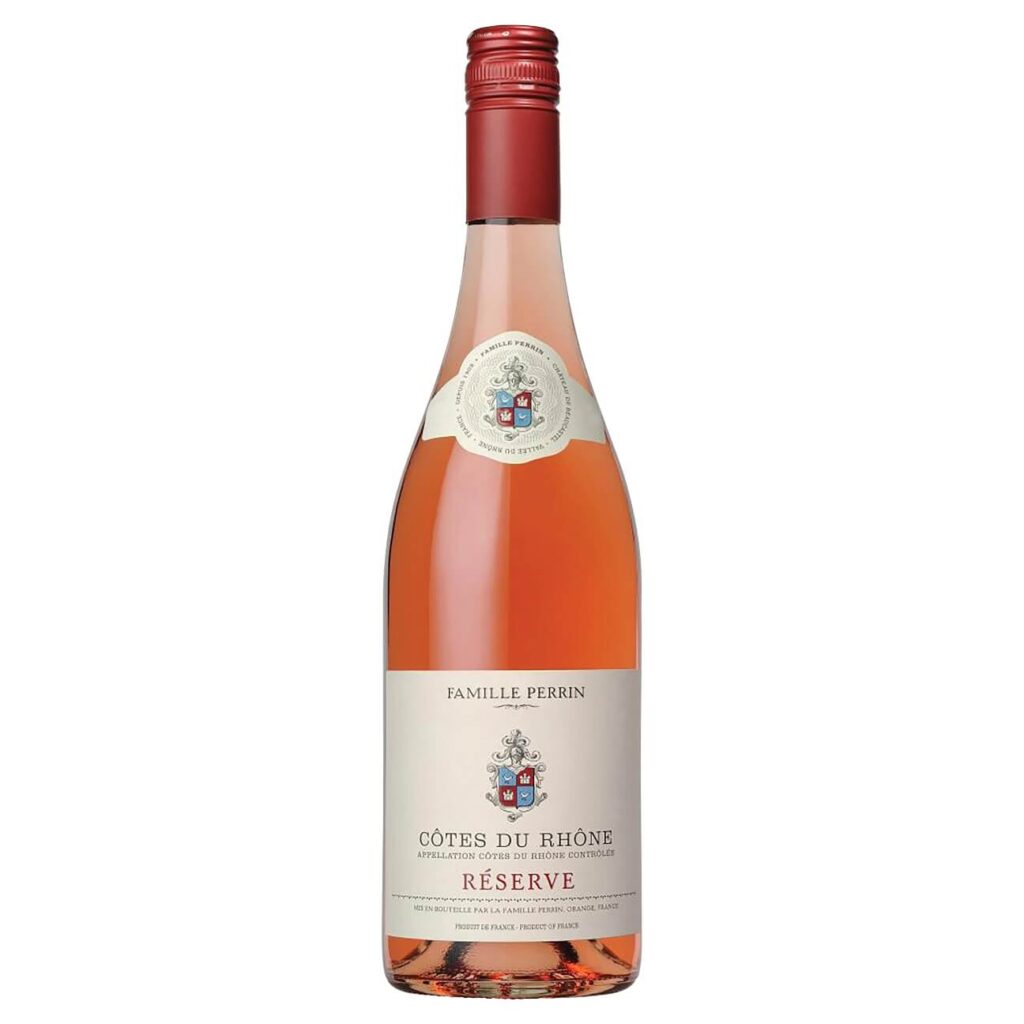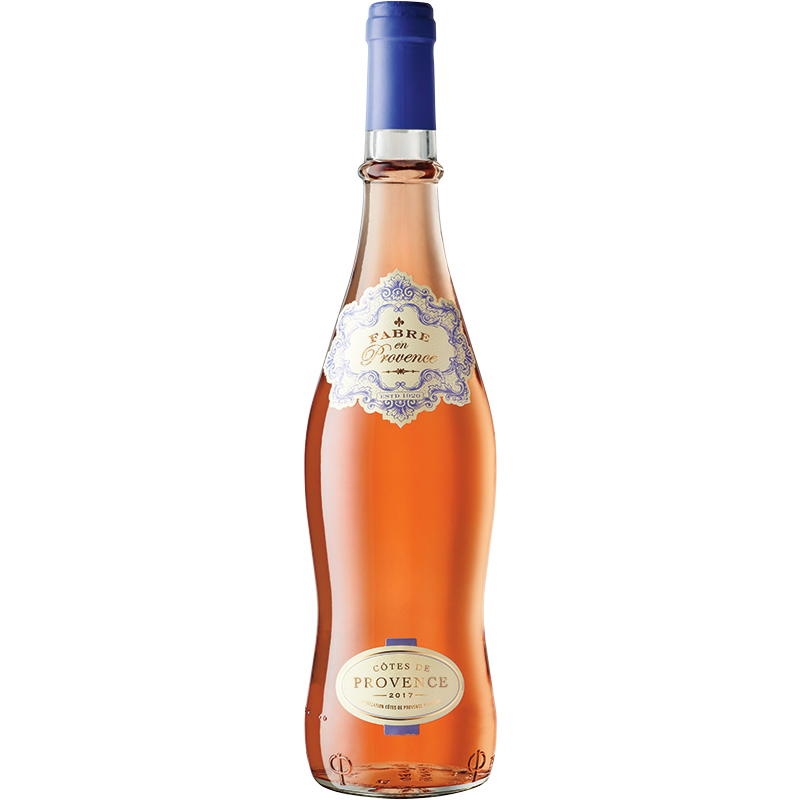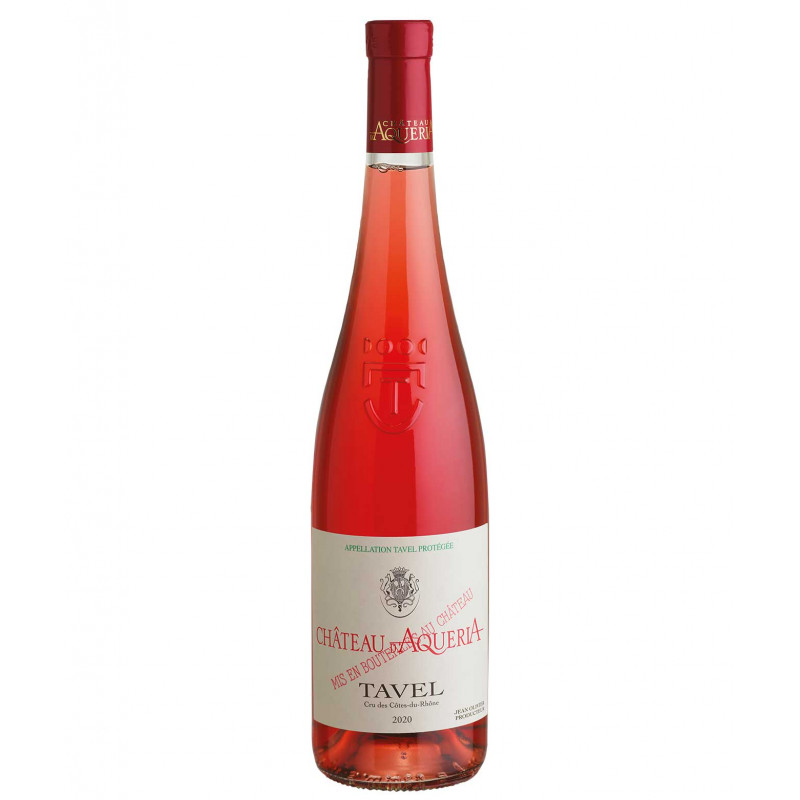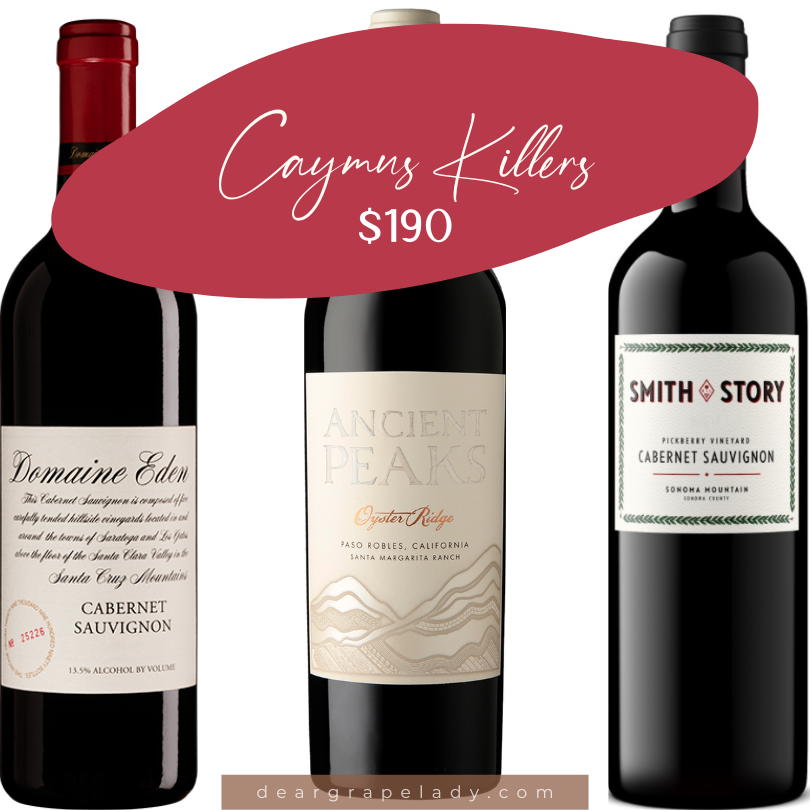It all started with a grape.
Jo Ann Truchard was 8½ months pregnant and grocery shopping when she slipped on a grape and broke her knee. With three children at home and her husband, Tony, about to be deployed to work in the hospitals of South Korea, this was a problem.
It was 1972 when Tony’s commanding officer had him transferred to Northern California after the grape incident. He couldn’t deploy a man whose wife couldn’t walk and was due to give birth to their fourth child any day now.
That grape started everything. Tony & Jo Ann were from Texas and had grown up on cattle ranches. Missing the wide-open spaces, they purchased 20 acres of land in Los Carneros. Los Carneros is in the southernmost end of Napa Valley but was considered to be ten miles outside of grape-growing territory.
Tony bucked the locals’ belief that the clay soil was too cool to ripen grapes. Adapting the new drip irrigation technology and strategic planting, Tony began growing what would become some of the most sought-after fruit in Napa Valley. His analytical mind took problems that had been considered insurmountable and found new ways to tackle them. Slowly, the estate expanded while Tony practiced medicine in Reno, Nevada during the week. The whole family, complete with six children, would pile into the back of the family Chevy Suburban on Fridays to walk the vineyards and care for the vines over the weekends, returning to Reno on Sunday evenings.
Five decades later, Tony is still growing incredible fruit. Though today, not all six children are involved with the winery business, they all drink the wines! The family vineyard has expanded to 400 acres. Anthony, the second youngest son, manages client relationships nationwide, while another brother manages winery operations.
Nickel & Nickel is the only client allowed to list the Truchard name on their label, but many wineries compete to purchase the grapes. Today, Truchard Vineyards produces Chardonnay, Roussanne, Pinot Noir, Syrah, Merlot, Zinfandel, Cabernet Sauvignon, Cabernet Franc, Tempranillo, Malbec, and Petit Verdot, all of which are estate-grown. Tony Truchard still walks the estate vineyard making all the decisions, just as he did when he had the only 20 acres of grapevines in Los Carneros. Today, Los Carneros has nine thousand acres of vineyards.
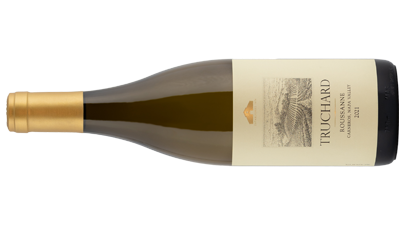
Anthony, on a recent visit to Fort Worth, told me about how the Roussanne is the most popular wine in the family and is his father’s favorite. Apparently, after the workday is done, Tony likes to open a bottle for whoever comes by to sip it with him. Several years ago, there was a supply problem. A prestigious restaurant was pouring the Roussanne by the glass, but as Anthony ran the numbers, he realized that the family had to stop drinking the Roussanne or the client would run out of wine before the new vintage was ready. Cutting off family from their favorite bottling was… tense. Tony went out to the vineyard and planted another acre of the grape. But that acre is solely for family consumption. Tony has been very clear on that score.
Honestly, when I heard that, I had to try it. I had my doubts. Roussanne is generally not my favorite grape. It’s typically grown in hot climates and shows lots of ripe pear, spice, and has an almost oily texture that I find off-putting unless paired with the perfect thing. However, the cool climate brings out an unexpected crispness in this grape, and the spice makes me want to come back for more. The family favorite is the favorite for good reason! This version of Roussanne makes me think of unoaked Chardonnay and Spanish Godello. Crisp and bright without the biting acidity of a Sauvignon Blanc. If you can find a bottle of the Truchard Vineyards Roussanne, Carneros ($30), grab it quick!

